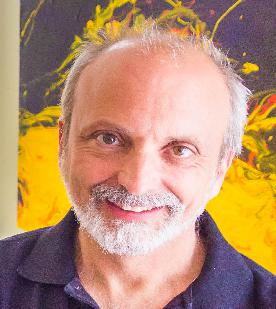
Gordon Sarty PhD, P.Eng.
ProfessorOverview
| Right. A nuclear magnetic resonance image of my brain made from the second echo (TE=90 ms) of a T2 echo train with TR=2185 ms. |  |
The Tao that can be named is not the true Tao. -- Paraphrase of Lao Tsu, Tao Te Ching, circa 550 B.C. |
RESEARCH INTERESTS
Gradient-Free and Quantum MRI
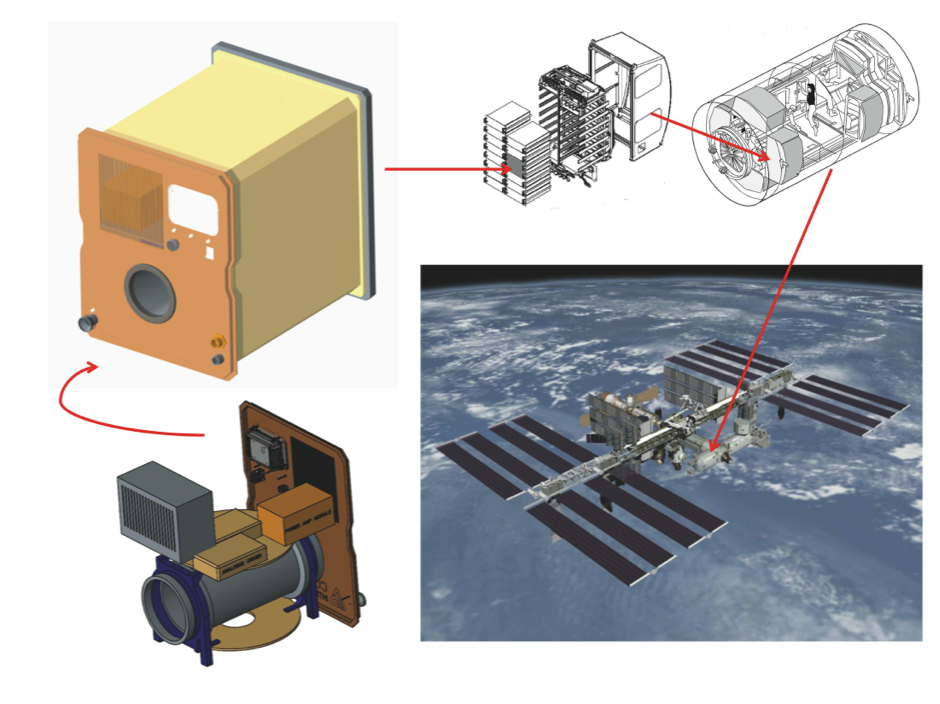
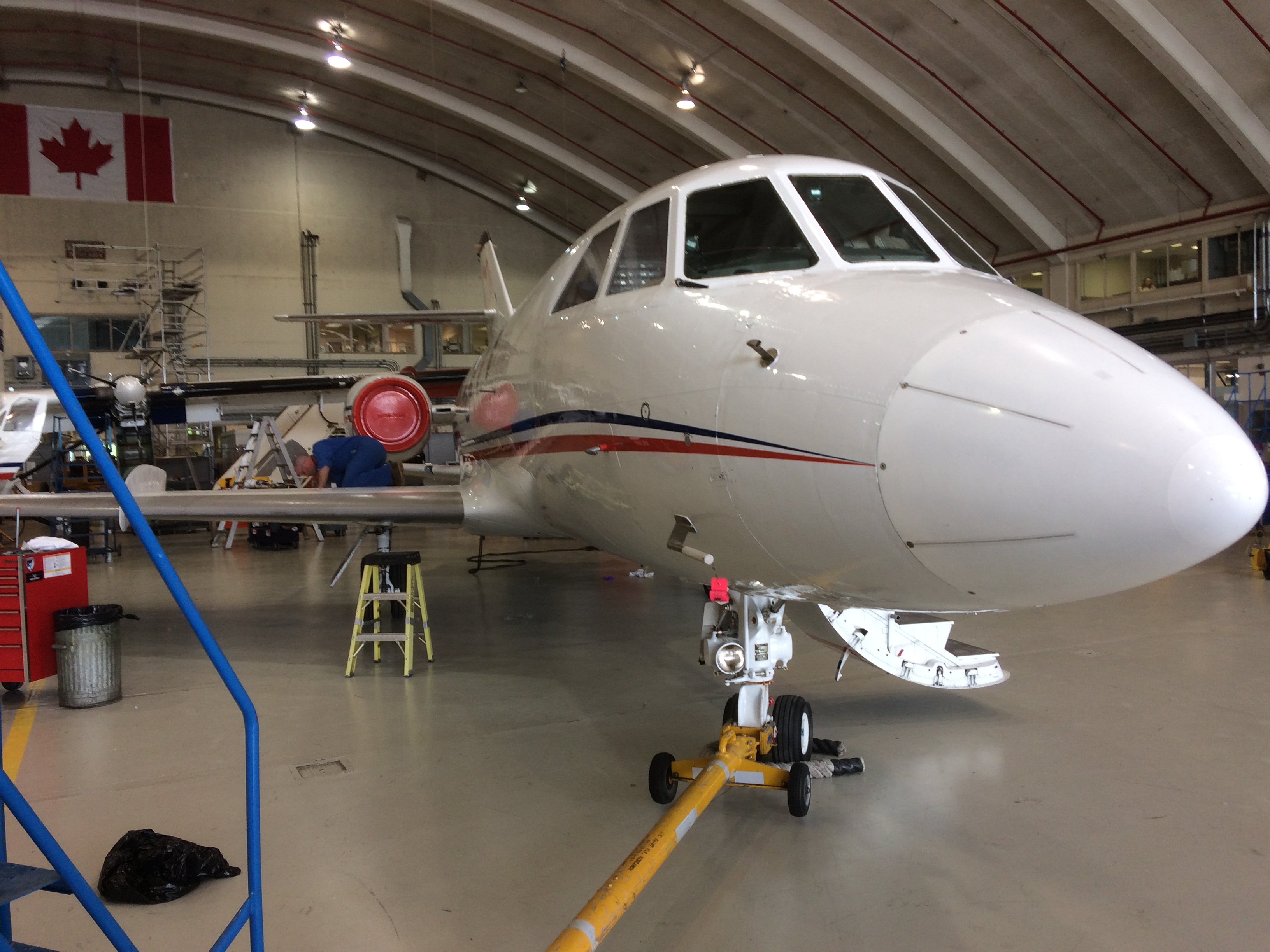
Brains, Ovaries and Binary Stars
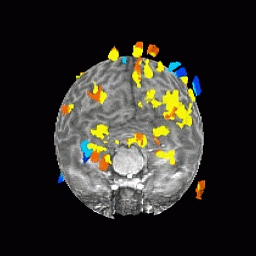
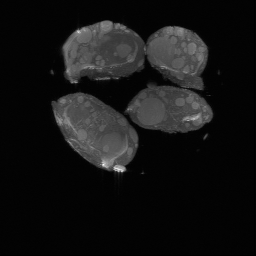
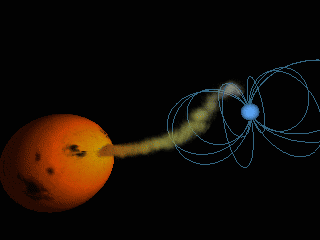
Last updated May 27, 2025
Information for potential graduate students
I accept students through Biomedical Engineering or Physics and Engineering Physics when funding is available.
Synopsis of my research work/career
My interests in all areas has included both the data (observational/experimental/clinical) side and the mathematical (theory/model/design) side. Hardware development - e.g. meteor cameras, telescopes and now Gradient-Free and Quantum MRI - is an important aspect of what I do. For fun, take a look at my academic pedigree for fun where you will find my mathematically educated PhD graduates Dr. Vasily Vakorin and Dr. Somaie Salajeghe listed in the mathematics genealogy project.
The Gradient-Free and Quantum MRI work focuses on the development and application of new developments in MRI technology that will result in an MRI that is an order of magnitude lighter and cheaper than any existing MRI and includes work on putting an MRI in space. Hand held MRI is the ultimate blue-sky term goal. Much of my research direction is guided by what is needed to put an MRI on the Moon and to serve northern Indigeneous communities. Current research includes the incorporation of new quantum-based technology (e.g. quantum material in the form of diamond with nitrogen vacancies) into MRI designs - the Quantum MRI direction. I am currently very active with this MRI design and build research.
For brains I have applied functional Magnetic Resonance Imaging (fMRI) to the study of the cognitive functioning of the human brain primary through collaborations with neuropsychologists in my home Psychology Department at the University of Saskatchewan. I have also had a more general interest in MRI methods and data analysis in general including the development of novel pulse sequences for generating MRI image data. For fMRI, I have been involved with Dr. Vasily Vakorin, in the development of a math model of the underlying hemodynamics that influences the fMRI signal. Another interesting application was the MRI of post-mortem brains, where I developed a mathematical model of formalin diffusion into the brain on the basis of MRI data. I am no longer active in fMRI research.
With ovaries I have applied MRI to the study of these reproductive organs in both women and cows (cows being an excellent physiological model for humans). My primary collaborator has been Roger Pierson, at the Department of Obstetrics and Gynecology at the University of Saskatchewan. My primary theoretical creation in this field has been the application of a math model of follicular dynamics to the problem of detecting ovulatory follicles by ultrasound in assisted reproductive therapy. I work on this research when resources are available.
Binary stars represents my research interest in astronomy and my interests extend beyond binary stars. I have research interests in both observational and theoretical astrophysics. On the observational side, my focus has been on the environments of compact objects like black holes, neutron stars and white dwarfs, primarily in systems known as High Mass X-ray Binaries (HMXBs). Observations have been done, of HMXBs across the electromagnetic spectrum from X-rays to the infrared (no radio observations yet) and I have worked with data from the space telescopes RXTE, MOST and Spitzer. On the theoretical side, I have worked with numerical general relativistic models of spinning objects near black holes using the Mathisson-Papapetrou-Dixon (MPD) equations in collaboration with Dinesh Singh formerly at the University of Regina. In addition to semi-pro research interests, I have been an amateur astronomer since Apollo 8 and one of my first professional publications was about fireballs. I still have an interest in chasing meteorite dropping fireballs, especially with my fireball cameras, but my more recent interest has been in extreme binary star systems including cataclysmic variables (CVs) and high mass X-ray binaries (HMXBs). I have a variable stars research page with lots of useful information. My primary collaborators have been Kinwah Wu of the Mullard Space Science Institute of University College London and Laszlo Kiss at the Konkoly Observatory, Budapest, Hungary. Actually, to get all the work done requires many other collaborators, far too numerous to mention here - you can see their names as authors on our publications. I advance this astrophysics research when I can - I no longer train students in this area.
My educational background is in Mechanical Engineering (BSc, New Brunswick) and Applied Mathematics (PhD, Saskatchewan). Between my undergraduate and graduate studies I worked at SED Systems in Saskatoon where I designed mechanical hardware for some of the first CCD cameras ever made (for WAMDII and WINDII - doppler imaging interferometers; WINDII was on the UARS satellite) and worked on various other space science instrumentation including a sounding rocket microgravity experiment to grow CMT, a material used in infrared CCD cameras.
 |
Nope, thats not my face. It's Scotty's. She's the Tyranosaurus Rex that was dug up at Eastend, Saskatchewan. gordon.sarty@usask.ca |

